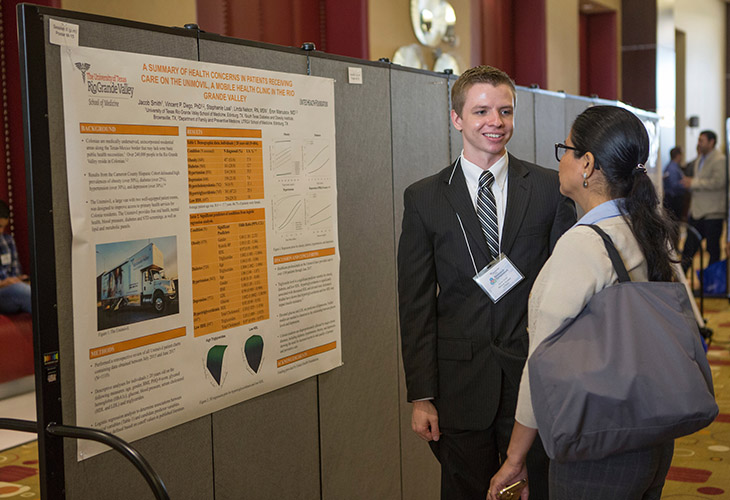The Implications of Obesity on Total Hip Arthroplasty: A Literature Review
Abstract
Introduction:
Obesity is a global pandemic and public health crisis associated with a wide range of comorbidities, including osteoarthritis, leading to a significantly younger age at the time of primary total hip arthroplasty (THA) and an increased rate of complications when compared to nonobese individuals. This has led to concerns regarding the implications of obesity on the need for THA itself and the associated complications, especially for arthroplasty surgeons. This literature review aims to provide a comprehensive review of the implications obesity has on total hip arthroplasties, its associated complications, and how we can potentially modify these risks.
Methods:
Articles were identified by searching the databases of PubMed, Google Scholar, National Center for Biotechnology Information (NCBI), and UpToDate.
Results:
Obese patients undergo primary THA at an earlier age and experience an increased duration of surgery, higher rates of infection, dislocation, periprosthetic fractures, and venous thromboembolism compared to nonobese patients. The role of pre-operative bariatric surgery before total hip arthroplasty has failed to show reductions in complication rates. Harris Hip Scores are lower in obese patients both pre-operatively and post-operatively, but the degree of improvement following THA is similar compared to nonobese patients. Long-term survival of total hip prostheses is similar when compared to nonobese patients.
Conclusion:
Current literature strongly suggests increased complication rates in obese patients who undergo THA. This phenomenon is not solely due to biomechanical forces and is multifactorial, including inflammatory and genetic predispositions, which need further study. The decision to perform THA on obese patients should not solely be based on BMI. Other factors such as management of comorbidities, surgical exposure, and nursing care should be considered when deciding on surgical candidacy.


